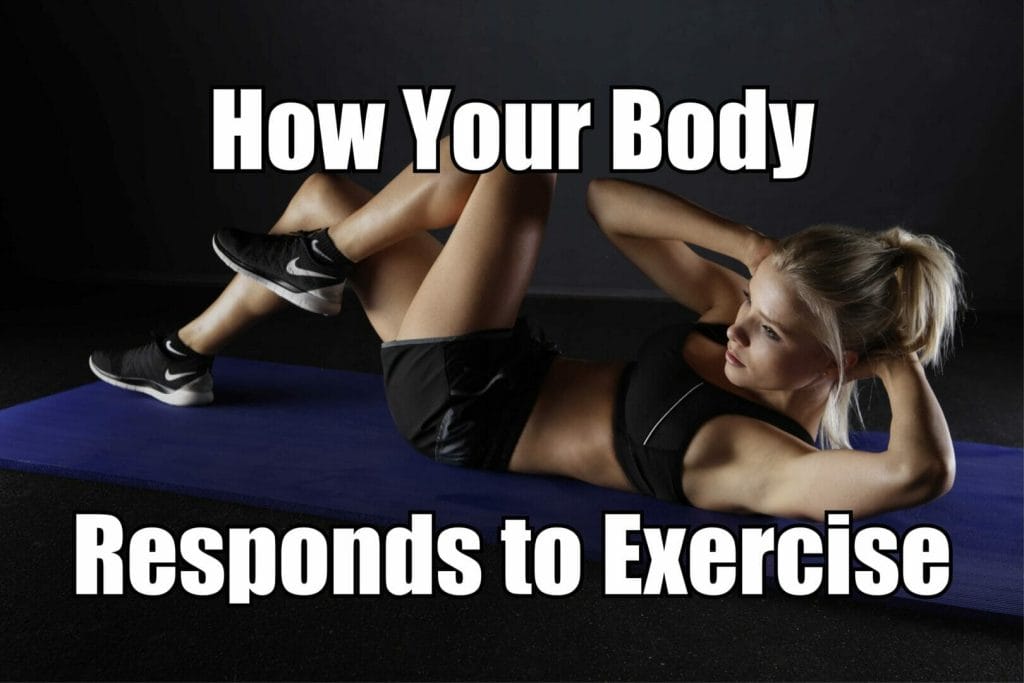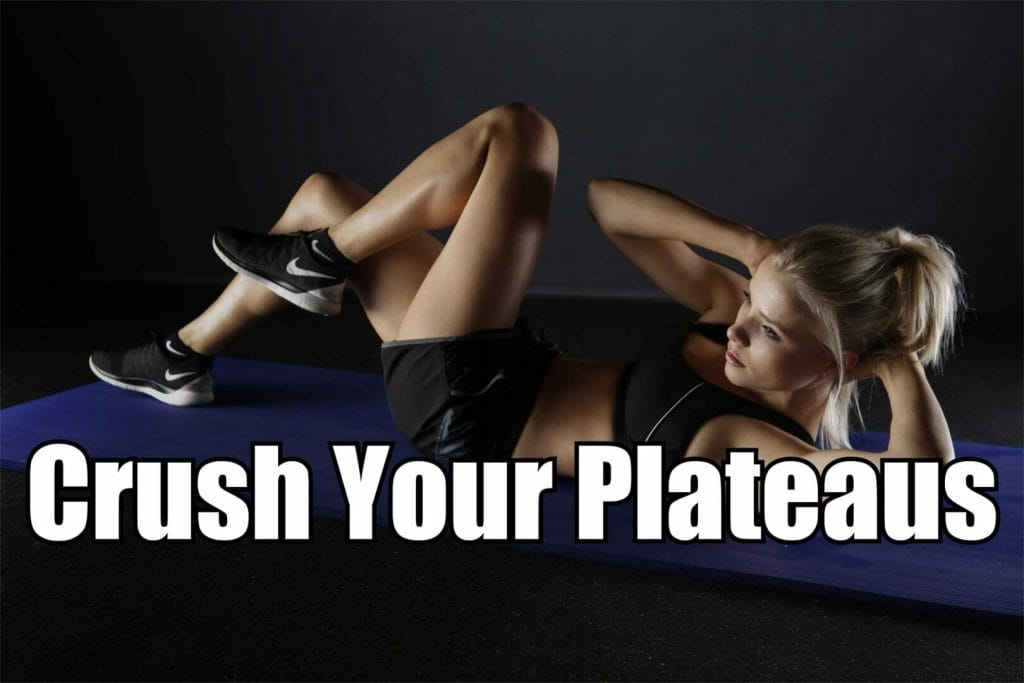Venturing into the world of fitness can feel like stepping into a complex science lab. From heart rates to muscle fibers, the human body responds to exercise in fascinating ways. Let’s break down some basic exercise physiology principles, so you can better understand how your workouts impact your body and your health goals.
The Heart
Our heart is an impressive organ, acting as the powerhouse of the cardiovascular system. When you exercise, your heart springs into action, increasing its rate to pump more oxygen-rich blood to your muscles. This augmented blood flow delivers the necessary nutrients that your muscles need to perform, recover, and strengthen.
But the benefits of regular exercise extend far beyond your workout sessions. Regular cardiovascular exercise, also known as cardio, can actually strengthen the heart muscle itself, similar to how weightlifting strengthens your skeletal muscles. A stronger heart can pump more blood with less effort, which often leads to a lower resting heart rate and improved blood pressure management. These changes can greatly reduce your risk of developing heart diseases.
Actionable tip: To keep your heart healthy and strong, it’s important to regularly incorporate cardio exercises into your routine. These could be any activities that raise your heart rate, such as running, cycling, swimming, or even brisk walking. The key is to challenge your heart in a safe and progressive manner.
The Lungs
Your lungs play a critical role in exercise, acting as the suppliers of oxygen for your body. When you engage in physical activity, your lungs work harder to take in more oxygen and expel the increased amount of carbon dioxide produced by your working muscles.
This process helps to improve your lung capacity over time, meaning your lungs can take in more air and therefore more oxygen. Increased lung capacity allows you to perform daily tasks more efficiently and with less fatigue. It also enhances your performance in aerobic activities and can contribute to overall better health.
Actionable tip: To help improve lung function, consider incorporating regular breathing exercises into your routine. These can range from simple deep breathing to more advanced techniques such as diaphragmatic or ‘belly’ breathing. Yoga and Pilates classes often include these kinds of exercises, and they can be a great addition to your fitness regimen.
The Muscles
Your muscles are the building blocks of your body, providing you with the strength to move and perform. Muscles are composed of two types of fibers: slow-twitch fibers, which are geared towards endurance, and fast-twitch fibers, which are used for strength and power movements.
When you exercise, particularly during strength training, these muscle fibers experience microscopic damage or breakdown, which might sound negative but is actually a vital part of muscle growth. When you rest after a workout, your body works to repair this damage, rebuilding the muscle fibers to be stronger and more resilient than before.
Actionable tip: To maximize your muscle health and growth, aim to incorporate a balance of both cardio and strength training into your workout routine. Cardio helps to build endurance and stamina (tapping into those slow-twitch fibers), while strength training helps to build muscle mass and power (targeting the fast-twitch fibers). Plus, including both types of training in your regimen keeps your workouts varied and exciting!
Energy Systems
The human body is an efficient machine with three distinct energy systems that power your workouts, each contributing differently based on the intensity and duration of your exercise.
- ATP-PCr System: This is your body’s go-to energy system for short, high-intensity bursts of activity, such as a heavy lift or a 100m sprint. It uses a compound called creatine phosphate, stored within your muscles, to quickly generate energy. This is the same energy system that Creatine supplements are designed to support, by increasing the availability of creatine phosphate in your muscles.
- Glycolytic System: When your workout becomes slightly longer and less intense, around the two-minute mark, your body switches to the glycolytic system. This process uses glucose (sugar) in your blood or stored as glycogen in your muscles to create energy.
- Oxidative System: This is your long-distance, endurance system. It supports longer, lower-intensity exercises like jogging, cycling, or swimming. This system uses oxygen to convert carbohydrates and fats into energy.
Understanding which energy system primarily fuels your workout can help you tailor your nutrition to support it, optimizing your performance and recovery.
Actionable tip: To cater to your body’s diverse energy needs, it’s important to consume a balanced diet that includes a mix of carbohydrates, proteins, and fats. Each of these nutrients plays a vital role in fueling different types of workouts and aiding in recovery and muscle growth.
The Brain
While we often focus on the physical benefits of exercise, the impact on mental health is just as profound. Regular physical activity acts like a natural antidepressant by stimulating the release of endorphins, the body’s feel-good hormones. These chemicals can create a sense of happiness and euphoria, often referred to as the “runner’s high.”
Moreover, exercise helps reduce the levels of the body’s stress hormones, like adrenaline and cortisol. It also promotes the production of chemicals in the brain that act as natural painkillers and mood elevators. Regular workouts can improve sleep quality, boost self-confidence, and even enhance cognitive function, helping you feel sharper and more focused.
Actionable tip: To leverage the mental health benefits of exercise, choose a form of physical activity you genuinely enjoy. Whether it’s dancing, hiking, yoga, or a sport like soccer, the more you enjoy your workouts, the more likely you are to maintain consistency. Remember, the best exercise for mental health is the one you love and stick with.
Understanding these basics of exercise physiology will equip you with the knowledge to make the most of your workouts and accelerate your journey towards your fitness goals. Remember, fitness isn’t a sprint; it’s a marathon. Consistent effort, coupled with an understanding of your body’s responses to exercise, is the key to long-lasting health and well-being.



